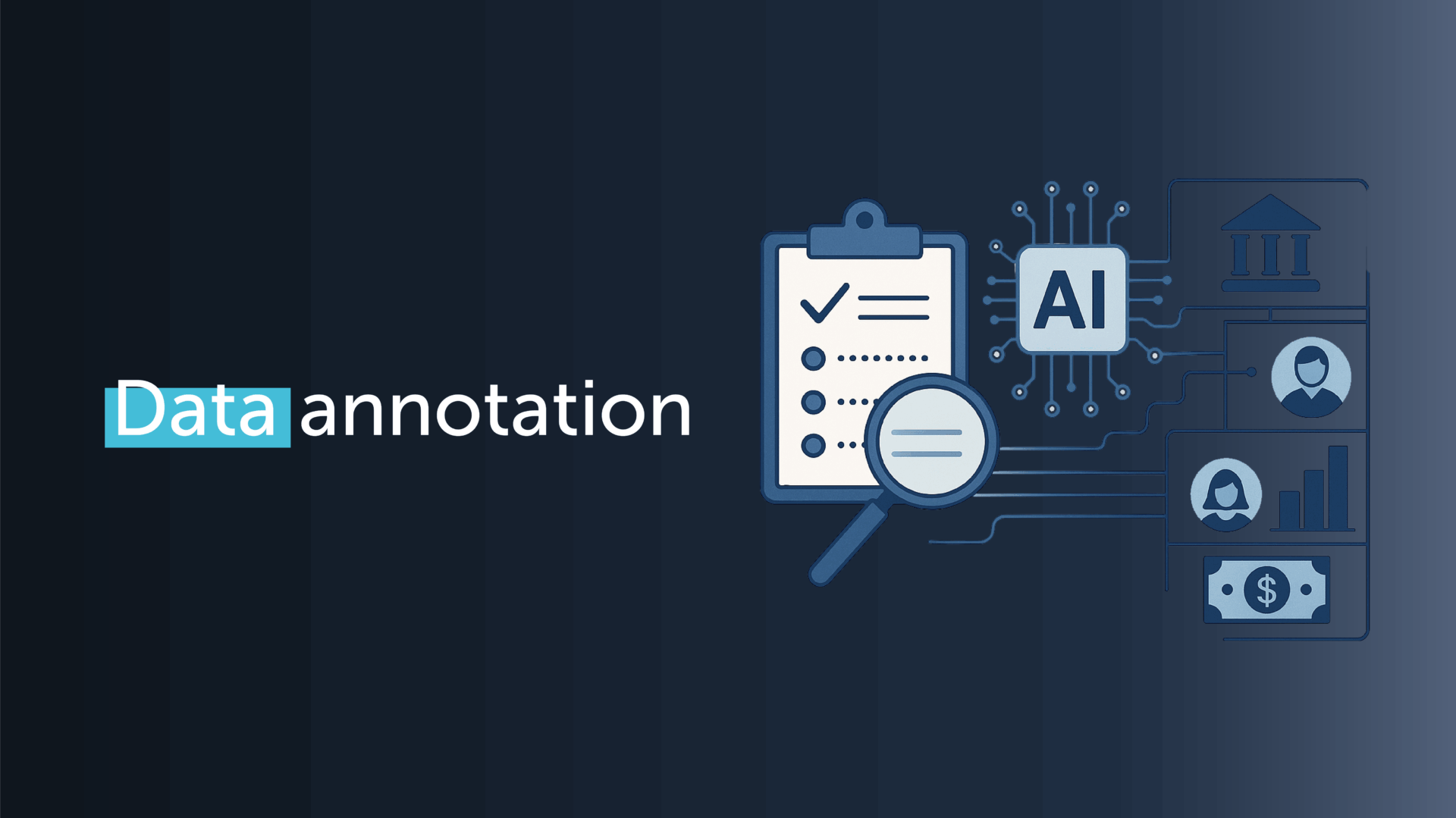The hidden power of data annotation: Why better data labelling supercharges AI in KYC

Artificial Intelligence (AI) is often hailed as a game-changer. Bringing speed, accuracy, and scale to Know Your Customer (KYC) and Anti-Financial Crime (AFC) processes. But there is a critical, often overlooked factor that determines just how powerful these AI systems truly are: data annotation.
When done right, annotation does far more than improve accuracy. It unlocks a deeper understanding of complex relationships and hidden risks. And in high-stakes domains like KYC, that can make the difference between regulatory success and serious exposure.
Why data annotation matters
AI models are only as strong as the data they are trained on. That is a well-understood principle. But in the context of Compliance, the quality of labelled data is what enables AI to go beyond surface-level analysis.
Annotation, the process of tagging and labelling information, teaches AI how to differentiate between types of entities, interpret connections, and assess risk. In KYC, these are not theoretical capabilities; they are essential for navigating complex corporate structures, identifying indirect ownership, or recognizing jurisdictional nuances.
Without well-annotated data, AI can struggle to detect critical relationships between entities or understand the context behind a transaction or client profile. The result? Hidden risks go undetected, and banks face higher exposure to regulatory breaches or reputational damage.
The impact of “better, not more” data
Surprisingly, the biggest gains often come not from more data, but better data. Even small improvements, such as accurately distinguishing direct versus indirect ownership, or correctly tagging a Politically Exposed Person (PEP) in a specific jurisdiction, can dramatically enhance the model’s performance.
For instance, well-annotated data can help AI identify that a low-risk corporate entity is ultimately owned by a sanctioned individual, buried several layers deep within a network of intermediaries. Without that contextual intelligence, the risk would likely remain hidden.
In a regulated environment, this level of insight is invaluable. It enables compliance teams to meet due diligence expectations, support risk-based approaches, and reduces false positives by ensuring the AI understands the story behind the data, not just the data itself.
From automation to interpretation
AI is transforming Compliance Operations, but its effectiveness depends on its ability to interpret complex inputs, not just automate tasks. Better annotation empowers AI to move from simply processing documents to making informed, context-aware decisions.
It also builds trust. When regulators, risk officers, and frontline teams know that decisions are grounded in well-structured, well-labelled data, they can rely more confidently on the output of AI systems.
A strategic investment for future-ready compliance
As AI becomes more deeply embedded into onboarding and AFC workflows, the spotlight should shift toward the quality of its foundational inputs. Annotation may seem like a technical detail, but it is a strategic lever. One that determines how well your AI can perform in high-risk, high-complexity scenarios.
At Encompass, we understand that real transformation does not come just from technology. It comes from combining smart automation with rich, contextual intelligence, enabled by high-quality data annotation. When KYC depends on understanding the true nature of entities and their relationships, annotation becomes more than a technical task, it becomes a business imperative.
Discover corporate digital identity from Encompass
